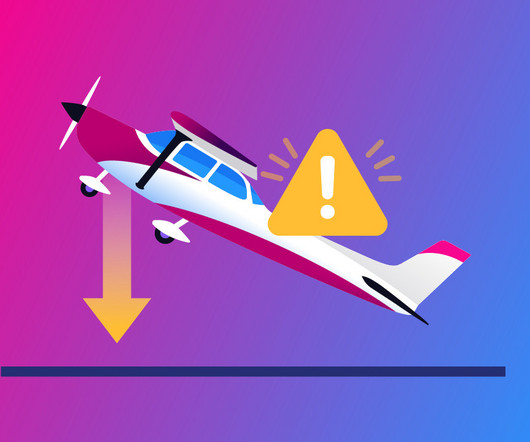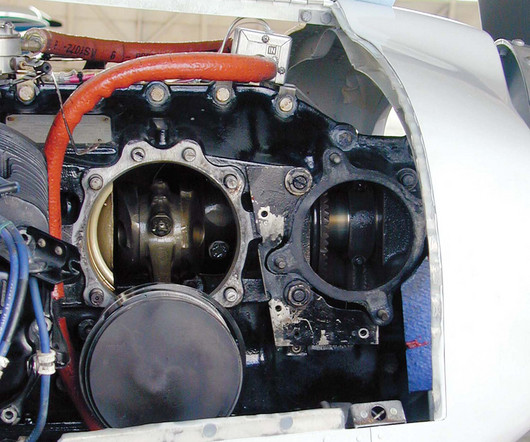Stabilized Approaches
Plane and Pilot
AUGUST 27, 2024
Back in the early days of jet airliners, pilots long experienced in more forgiving two- and four-engine, piston-powered prop planes found themselves running out of airspeed, altitude, and ideas on the final approach to landing. Several of these unstabilized approaches resulted in major aircraft damage or worse.















Let's personalize your content